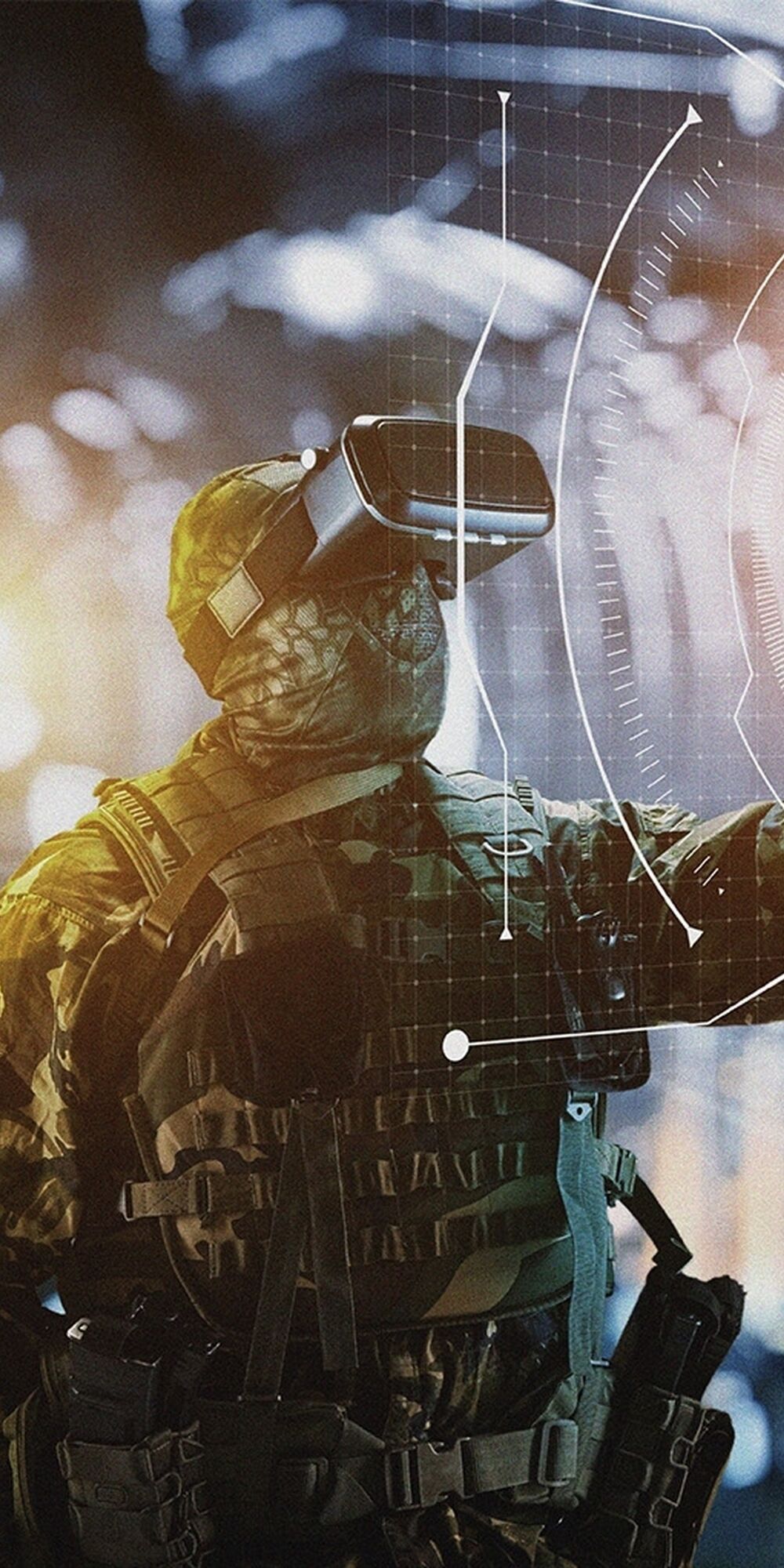This is a reflection upon a previously published Defence Science and Technology Group paper that was co-authored by Coherics:
Training is an essential component of military capability. In the air domain, the history of Exercise Red Flag provides an illustration of the critical role of training in enhancing war-fighter effectiveness. Red Flag evolved as a response to investigations that were conducted following the war in Vietnam. Those investigations revealed that many USAF pilots were not well prepared for some elements of real-world combat such as dissimilar aircraft tactics and potent surface-to-air threats. They also revealed that an operator’s chances of survival in combat substantially grew after they had participated in about 10 missions characterized by the presence of such threats. Red Flag was conceived as a means of providing operators with their first realistic combat missions in a training environment that was relatively safe but also representative of real-world conditions. Since its inception, Red Flag has become known as the world’s premier air-combat training event and the benefits of the lessons learned during Red Flag have been realized in combat operations.
Live-flying exercises such as Red Flag can provide excellent learning opportunities. However, they are expensive and logistically challenging. Environmental, regulatory, and safety constraints also place limitations on the kinds of learning experiences that can be provided during live training. Simulation provides a means by which to address some of these shortcomings. Since the 1990s, significant programs of research and development across coalition nations demonstrated that similar training benefits can be obtained by connecting distributed simulation systems. Large networks of simulators are now used regularly to provide complex and realistic training for air combat. Recently, attention has turned to the possibility of integrating live aircraft into simulation networks. This has led to a great deal of discussion about the importance, potential benefits, and underpinning science and technology of live-virtual-constructive (LVC) integration.
The use of LVC integration for training is expected to provide a range of benefits in the air domain. Advanced human-machine interfaces, including virtual reality, augmented reality, and haptic technologies, are likely to be key requirements for accurately representing the constellation of visual, auditory, and physical cues associated with face-to-face interpersonal coordination. While the availability of products—such as the Microsoft HoloLens and the HTC Vive—have recently made virtual and augmented reality more accessible, there remain significant challenges associated with improving the resolution, field-of-view, and portability of these devices, as well as making them comfortable and safe to use for relatively long periods of time. Ultimately, LVC science and technology will be crucial for enabling the military to fully realize the transformational potential of LVC integration.
For further information, please get in touch. We would love to talk with your team about how to employ training environments such as LVC to deliver effaceable training objectives.
